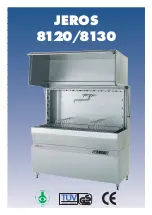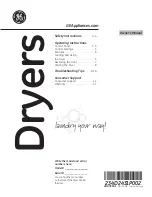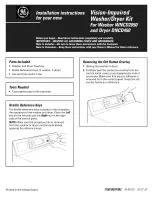
7
NSTALLATION INSTRUCTIONS
I
Step 5 :
DRAIN LINE CONNECTION
1
2
3
If the end of drain hose does not fit to
the drain line, use a rubber
connector(not supplied) that is
resistant to heat and detergent.
This should be available from a
plumbing shop or DIY merchants.
There are two typical connections as
shown in Figure A, B.
The “S” trap spigot must be drilled out
cleanly and free of obstruction to its
maximum internal diameter, if used for
drainage.
To prevent siphoning, one of the following
methods must be used:
■
When the drain hose is connected to a
sink “s” trap or waste disposal unit, the
hose must be looped up to the underside
of the bench top and secured.
■
When the drain hose is connected to a
separate standpipe, it is essential that an
airtight connection be made.
Refer to Fig.B
Drain hose Extension
Extend drain hose as shown below.
Fig. A
Fig. B : Drainage connection - stand pipe.
CAUTION
When you connect or extend drain hose,
make sure that drain hose is not kinked.
(Bends should have a 40 mm radius.)
MFL30149726
2008.3.19
4:57
PM
페이지7
001
GateRip_A4








































